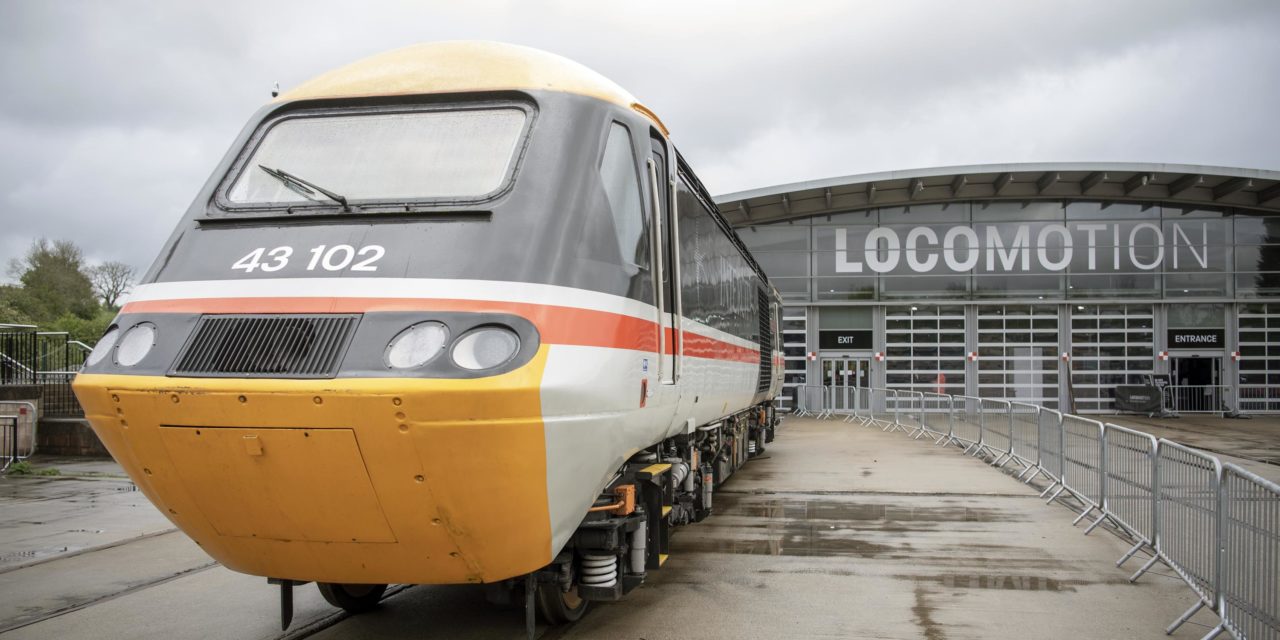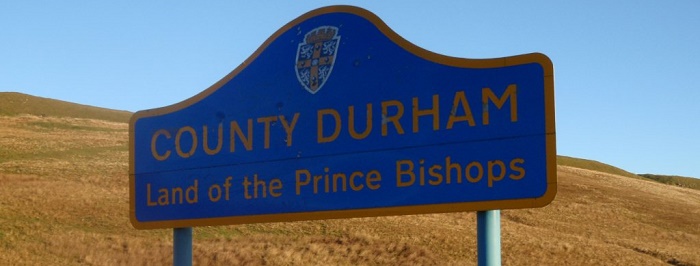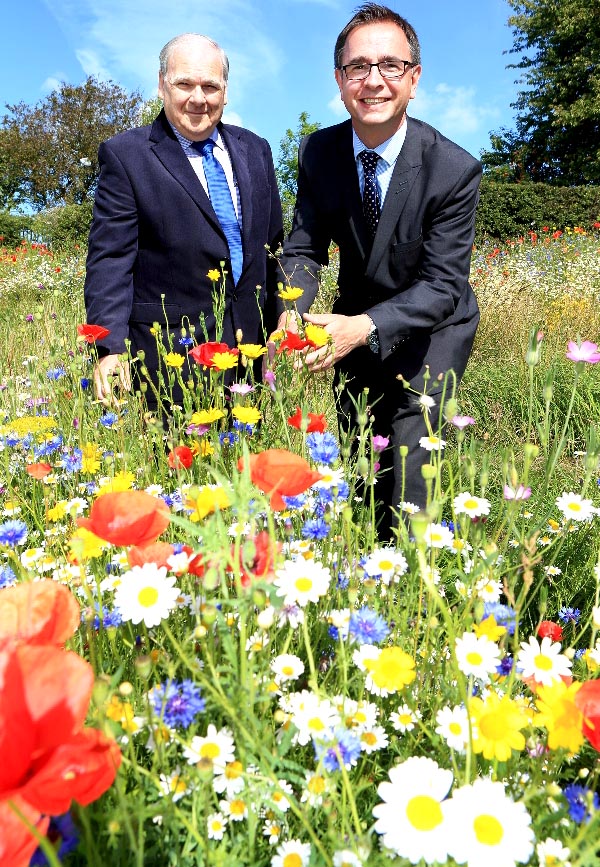Porterbrook, the rolling stock owner and asset manager, has today announced the donation of record breaking HST power car 43102 to the National Railway Museum.
In 1987 the power car broke the world speed record for a diesel-powered train, reaching 148.5mph between Northallerton and York. Decommissioned after 39 years’ frontline service it will find a new home at Locomotion in Shildon, County Durham.
The donation builds on Porterbrook’s ‘Gold’ partnership with the National Railway Museum which will see both organisations focus on inspiring the next generation of young engineers, as well as showcasing how the railway can become more accessible and sustainable.
Mary Grant, Chief Executive Officer of Porterbrook, said: “Whilst we are firmly focused on investing in the future of Britain’s railway, our partnership with the National Railway Museum shows that we also celebrate its successful past. As long-term asset owners with a fleet of 4,000 rail vehicles we are pleased to support the NRM as it explores how the railway contribute to our national life.
“Our wider collaboration with the National Railway Museum will include joint work on inspiring the next generation of young engineers as well as highlighting how the railway can sustainably contribute to delivering Net Zero.”
Judith McNicol, Director of The National Railway Museum, said: “The National Railway Museum is proud to have a strong and established relationship with Porterbrook, who have previously joined forces with us on projects such as Future Engineers, Rail Fest and the overhaul of Flying Scotsman. Porterbrook continue to work with us to engage our visitors, and in particular young people.”
“Our combined passion and resources ensure that we offer positive STEM experiences to bridge the skills gap with as many young people as possible. In the next phase of our relationship, we look forward to working with Porterbrook as a Gold level partner and continued collaboration to support the future of the UK rail industry.”
Locomotion and the National Railway Museum reopened to visitors on 19 May, following temporary closure during the Covid-19 pandemic.










